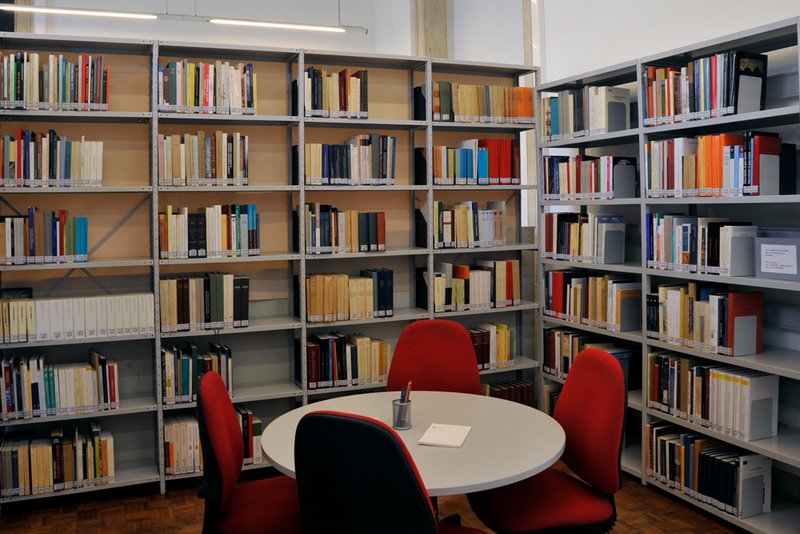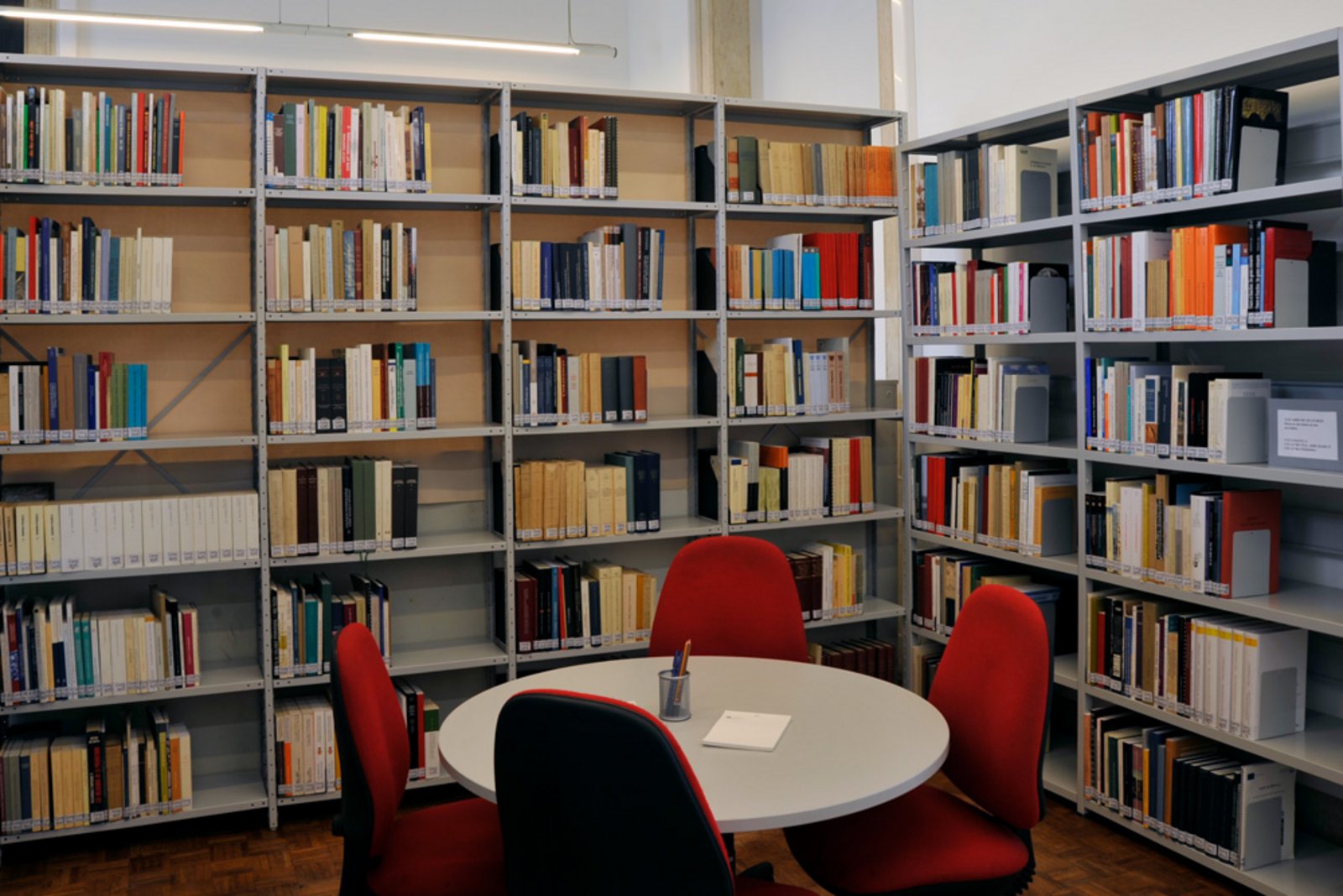Lisbon Research Unit
Zambujal, Sizandro-Alcabrichel, São Miguel da Motta, Centum Celas, and Cabeço das Fráguas are just some of the excavated sites and research projects operated by the German Archaeological Institute in Portugal. Edward Sangmeister launched the institute's fieldwork programme at the Copper Age fort at Vila Nova de São Pedro (Azambuja) as early as 1956. Klaus Raddatz studied the Migration Period warrior grave at Beja in 1958, and Hermanfrid Schubart directed the excavations in the Bronze Age cemetery of Atalaia (Ourique) in 1962−1963. Theodor Hauschild investigated the Roman villa of Milreu (Estoi) and the Evora temple in 1962. As from 1971, there was a branch of the DAI's Madrid Department in Lisbon, but when it closed in 1999, the library was transferred as a permanent loan to the then IGESPAR (Portuguese Office for the Preservation of Architecture and Archaeological Monuments), today DGPC (Direcção Geral do Património Cultural). In 2009 the DAI established a Research Unit in Lisbon. It has its quarters inside the premises of the DGPC in the Palácio d'Ajuda. Two librarians and a technical employee from the DGPC team run the library. The Madrid Department stays in permanent contact with the DGPC through a thriving exchange of books. Moreover, the Research Unit receives all the DAI publications and all duplicates of the Madrid department. Recent additions consist of the legacy by the retired, former head of the branch office Th. Hauschild and significant parts of the libraries of Michael Blech and Dirce Marzoli.

Blick in die Bibliothek der Forschungsstelle Lissabon © DAI // Unbekannt
The Research Unit forms the 'basis' of the numerous projects carried out by the DAI in Portugal. As well, academic theses are written here, the topics of which typically form part of DAI projects.
One of the highlights of the Research Unit is its calls for research stays at one of the DAI departments in Germany and abroad. Applications are open to anyone holding an adequate university degree and researching on topics of prehistory and early history, classical archaeology, early Christian archaeology, Islamic archaeology, building research, or ancient history.

